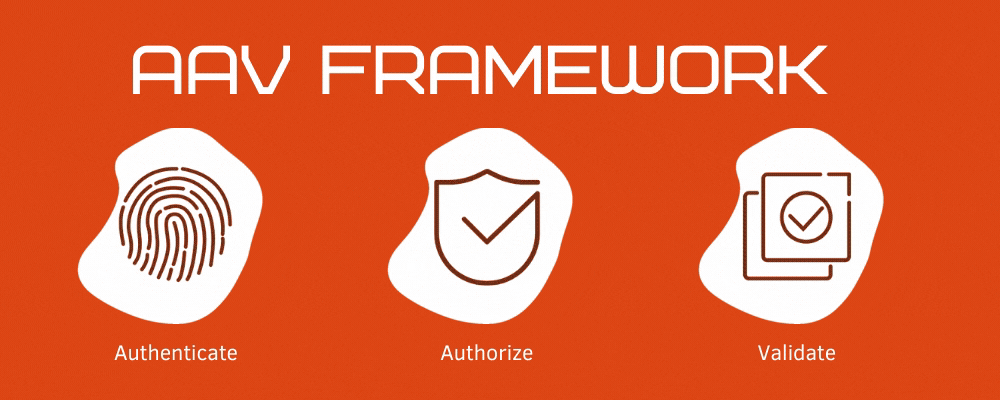Software Licensing Metrics – Managed Capacity

The common theme which has run through all of our previous articles on software licensing metrics is how to find the best metric for your product and customer base. Acknowledging that every use of the software will be different and hopefully providing you with some information which will help you to make the right decision. The three types of metric which we have covered so far have been reliant upon a pre-determined installation or permissive use of the software by a user. This article is about a metric which fits into a rather different category, it is a metric which does not measure individual uses or installations of the software but rather measures the size of the overall task which the software is used to perform.
If we put this in context; if the software you are selling is used by your customers to perform their Human Resources management (i.e. payroll, appraisals, recruitment) then it may be that they have a core team who will be regularly accessing the software but with a requirement for other users to make use of it on an ad hoc basis. For example; if the company is on a large recruitment drive then it may be than company managers and directors will need to input data into the software for job descriptions, application forms and for the processing of initial applications and any necessary background checks which they may wish to carry out on candidates. Although this is similar to Concurrent User (see previous article) the metric would not measure the actual number of users, but rather the size of the job which it is required to perform. Therefore the greater the size of the company, the more it would cost them to operate the software.
Another example would be for if the software was being used for network management, where it was the central controller for all of the switches across the entire site. The number of ports in use would of course vary from day to day and the number and capacity of the switches could well increase over time. In this instance the metric would be able to measure the level of management carried out by the software over a given period of time. This would again mean that the amount the company would pay for the use of the software would vary depending upon the size of their operation.
As you can see, this metric is particularly useful where you are selling a product that will have a very broad appeal but which would otherwise prove difficult to measure.
Image Credits: © Luke Chesser - unsplash.com



